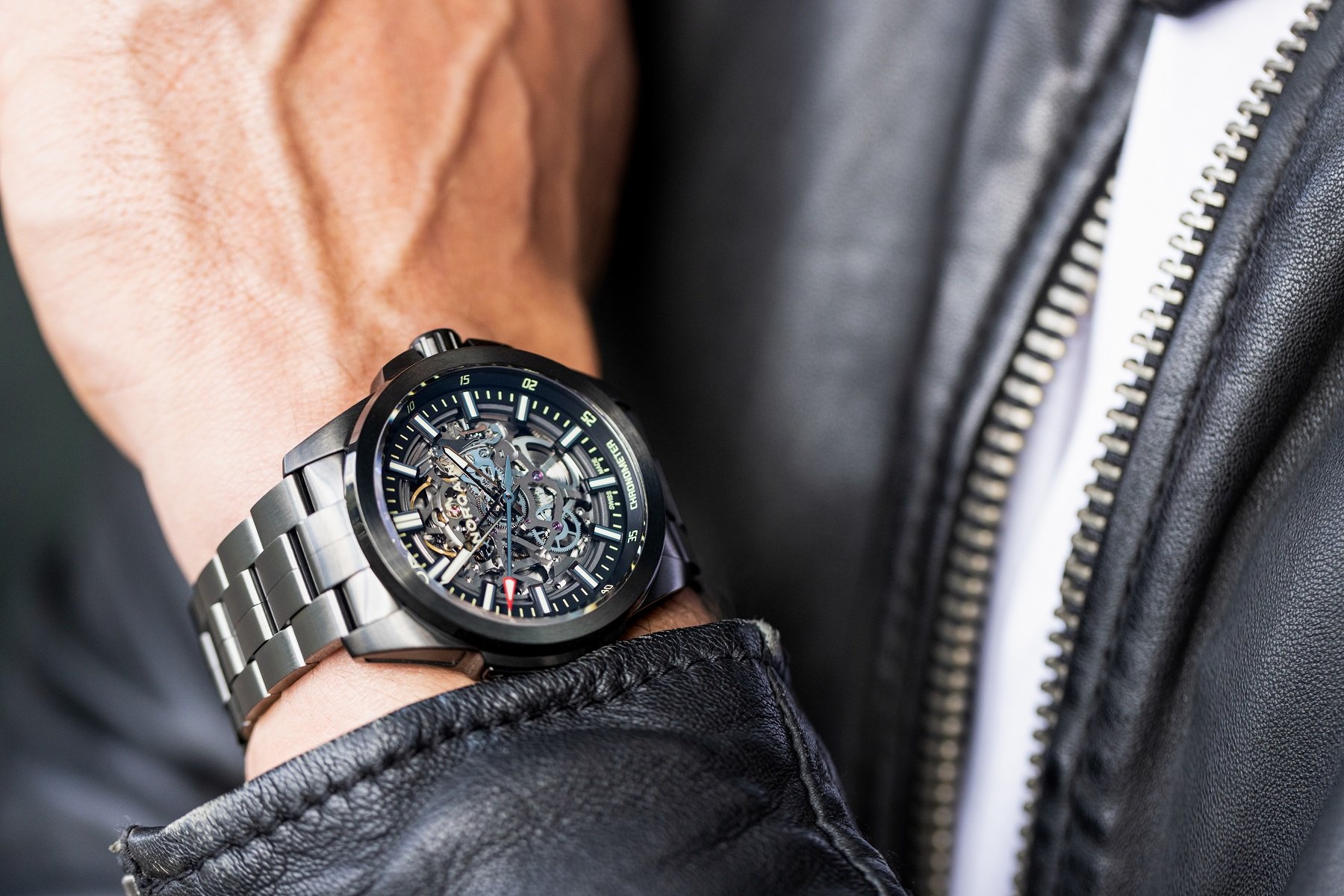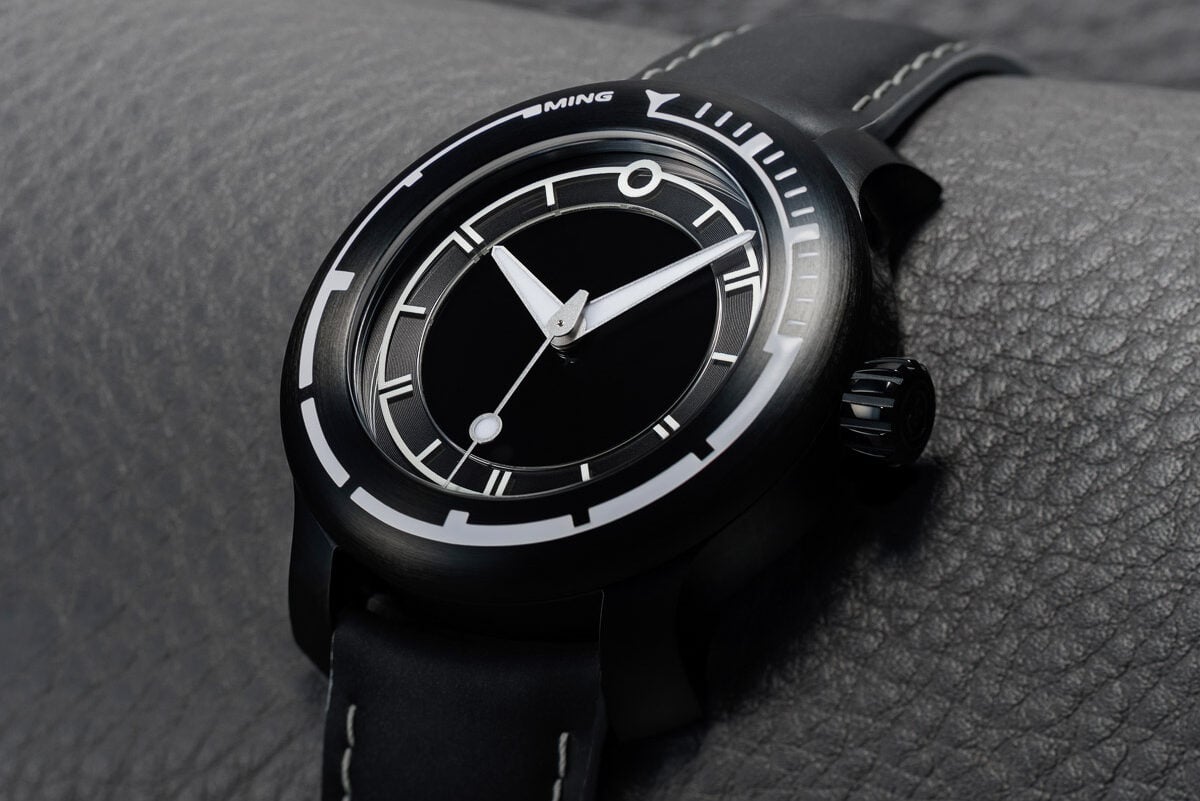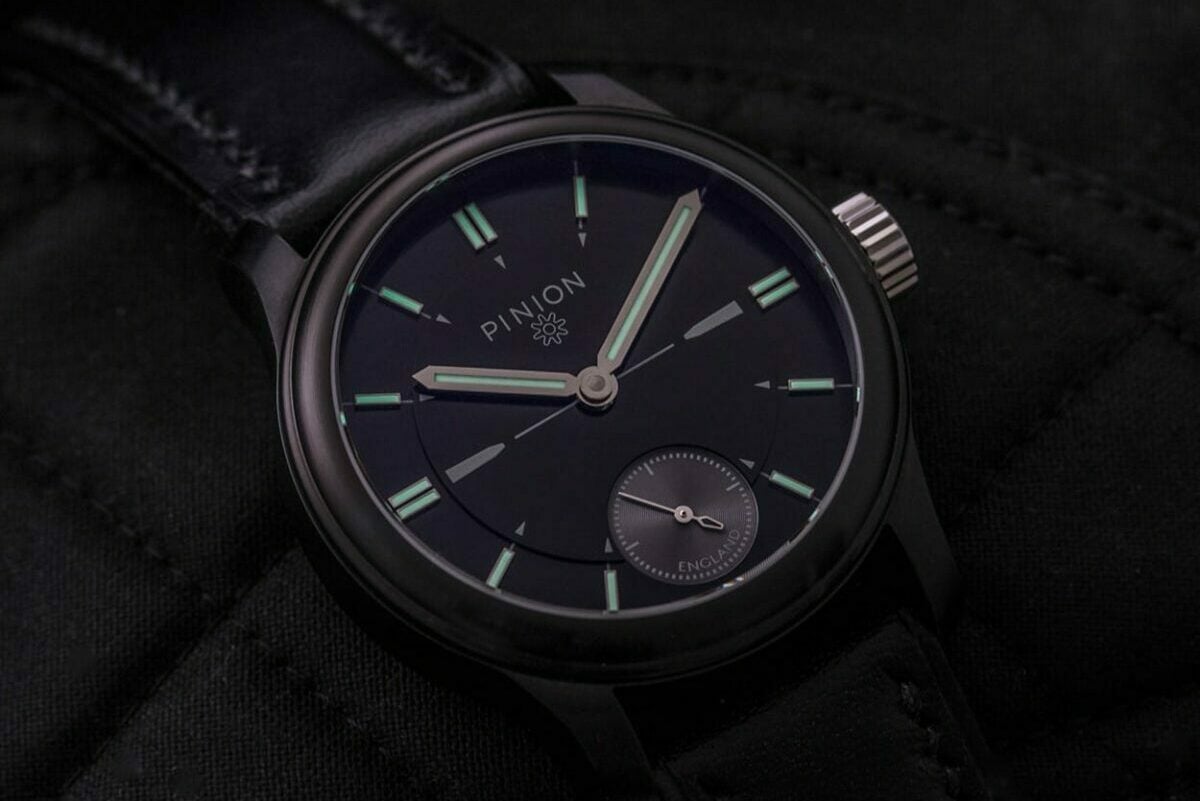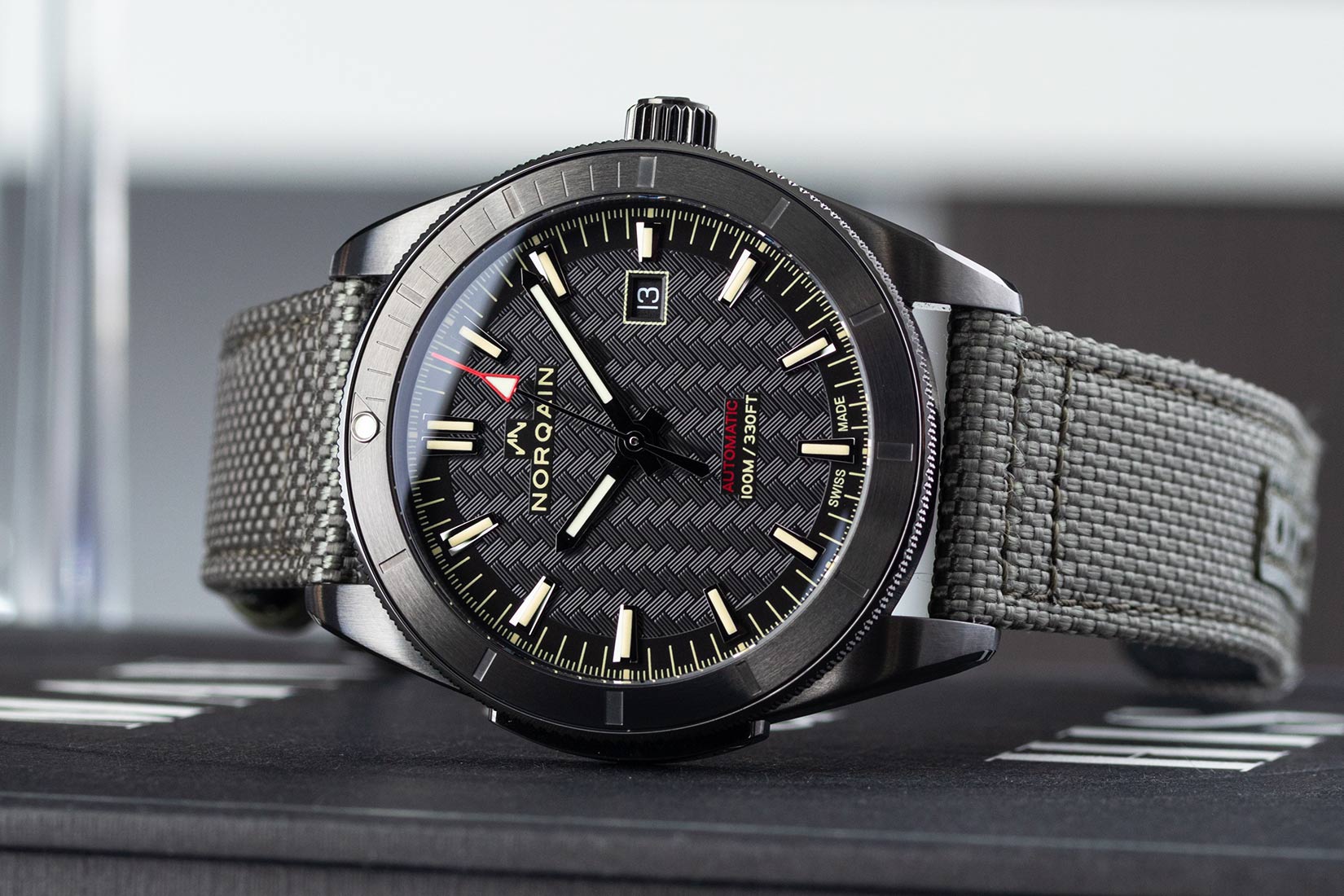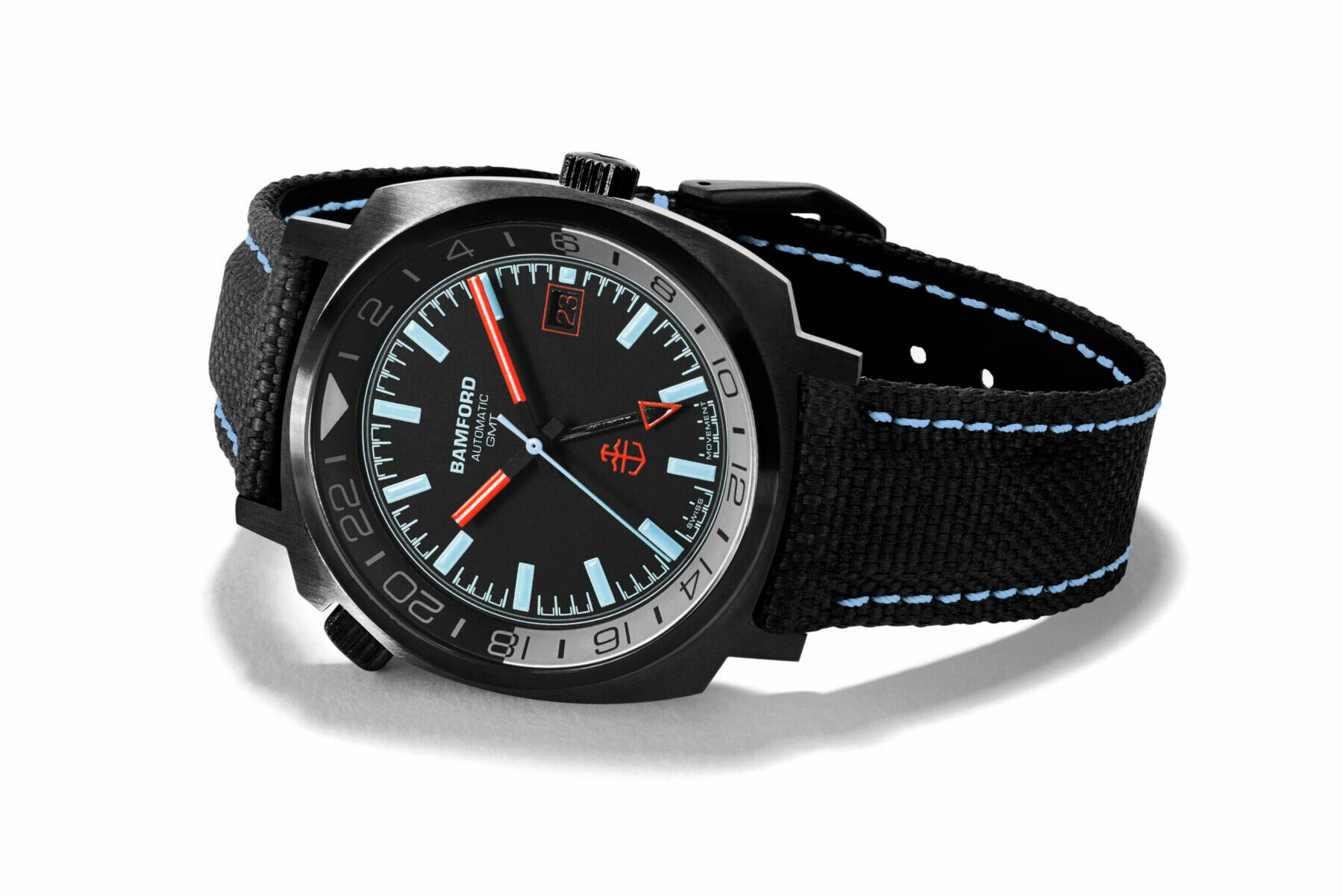How Watches Work: What is DLC Coating On Watches?
Watchmaker jargon can be difficult to understand. You read a review about a watch you’re interested in, but there are lots of words being used that don’t make a lot of sense. Sometimes in the watch industry, we forget that people of all experiences are trying to enjoy the same products. We can be a little non-inclusive when it comes to our vocabulary, instead preferring to stick to traditional verbiage rather than layman’s terms. So with that in mind, what is a DLC coating?
Traditionally, watches are made of metal. Sure, there are watches made from non-metal materials, but usually, nine times out of ten, the watches we see are made of some kind of metal. Of those metal watches, the vast majority are made of good old stainless steel. Steel is usually a silvery/metallic color, right? Of course it is! I know that’s a stupidly obvious statement, but bear with me. What happens when brands want to make a watch with the benefits of a metal case but in a non-traditional metal color? Well, that’s where we get into the realms of coatings.
Grab your coat…
Many different coatings are available to brands, each with its own quirks, benefits, and negatives. Today, I’m looking at one of the most common coatings, which is DLC. Whether you realize it or not, you will most likely have seen a DLC coating on a watch before. Do you know those stealthy, all-black cased watches? The chances are, they use a DLC coating to get that blacker-than-black finish. However, the real question is, “What is a DLC coating, and how does it work?”
What is a DLC coating?
DLC is an abbreviation, so if you’ve been trying in vain to form some kind of weird word out of those three consonants, you can stop. DLC stands for “diamond-like carbon”. As the name suggests, DLC coatings use carbon to achieve a diamond-like layer. Sounds fancy, right? Well, like diamonds, a DLC coating is actually harder than raw steel. In turn, that means that watches with a DLC coating benefit from increased durability and scratch resistance. Despite only being a few microns thick, a DLC coating is pretty badass. By way of reference, a human hair is, on average, 50-70 microns thick. The average DLC coating is around 2-4 microns thick. All that strength and protection in a barely-there layer of… Well, what actually is it?
OK, so what is it?
As we already know, DLC stands for diamond-like carbon, and that’s precisely what it is — carbon. DLC is applied to the watch case using a PVD process. What’s that? Another abbreviation? Don’t you know it! The chances are that you’ve also come across PVD in your journey through the world of watches. To make things more confusing, it’s not uncommon to see the two terms used interchangeably when they are not one and the same. PVD stands for “Physical Vapor Deposition”, and it is not a coating itself. Instead, it is a process of applying a coating.
…DLC is a coating applied using a PVD process.
The coating is formed of vaporized solid materials with a typical PVD process, bound to the watch casing in layers inside a heated vacuum chamber. Depending on the type of material used to coat the watch case, different colors can be achieved, DLC uses carbon as the coating solid, so it only comes in shades of black. Vaporized carbon atoms are blasted onto the watch and cooled down very quickly. So, to attempt to clarify, DLC is a coating applied using a PVD process. Got that? Excellent work — A+.
Is DLC really scratch-resistant though?
Now, you may have also heard concerns about coatings and the truth behind their scratch resistance. While we have established that the DLC coating offers additional resistance to the scuffs and scrapes that everyday life may throw at it. But, what if you really give it some welly and whack it on a brick wall? Will the steel underneath peek out through the open wound? If so, it’d be pretty hard to miss, no?
That’s not to say that you’ll never be able to damage it…
Well, with some types of PVD coating, this is potentially a legitimate concern. It can and does happen. Over time, the black coating will scratch, and you will see the exposed steel. But, fear not, with the DLC coating, things are a bit different. Thanks to the diamond-like properties of a DLC coating, you don’t have to worry about this happening to your watch. The coating stays put and does not wear off anywhere as quickly as a more conventional PVD-type coating. That’s not to say that you’ll never be able to damage it, so don’t actively try to test this out. It just means that a DLC coating is considerably more protective and hard than other lesser coatings.
Done and dusted
And there you have it in a nutshell: DLC coatings 101. You can feel more confident knowing what you’re signing up for when buying a watch with a DLC coating. Do you already have watches with coatings in your collection? Tell me about them and how you’re getting on with them! I’m interested to hear about your experiences.
Follow me on Instagram: @davesergeant

